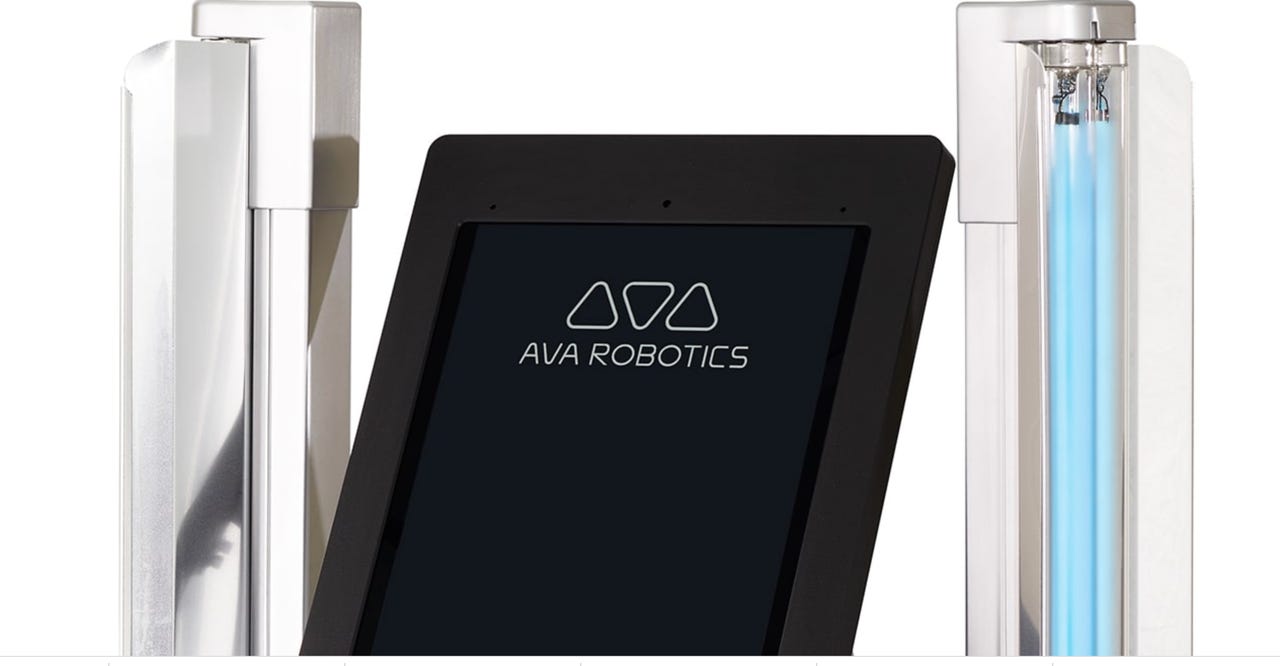Back to work? Say hi to the new office robot


Clean is king during the pandemic, and that germ-conscious mentality, along with the prevalence of masks and hand sanitizer, likely won't go away once vaccines are distributed en masse. For robotics developers, promoting employee and customer confidence in the workplace through new health and safety tools is a prominent business priority for 2021.
The clearest example is the surge in disinfecting robots, which were a niche product relegated primarily to the healthcare market prior to last year. Now businesses of all stripes, from offices to shipping warehouses and grocery stores, are investing in disinfecting technology as a crucial prong of workplace safety.
Disinfecting robots come in various stripes, including floor mopping robots like those supported by automation firm Brain Corp. UV light has proven a favorite disinfecting tool among developers, which isn't surprising given how adaptable the technology is to existing automation platforms. Autonomous mobile robots, which began to proliferate in the enterprise in the last decade in applications like materials handling and warehouse pick-and-place operations, can be easily adapted for UV disinfecting technologies that require little more than proximity to target surfaces to work effectively.
That means existing mobile robotics technology portfolios can be leveraged into new disinfecting products without ground-up redesigns.
LG, a player in mobile robotics, unveiled a disinfecting robot in late 2020. Fetch Robotics, a leader in autonomous mobile robots, was quick to market, bringing a model out last summer.
Ava Robotics, which spun out of iRobot, is following this trajectory by building on automation technology first developed for its self-docking telepresence robots. The company has rolled out a new disinfection robot that can treat 9,000 square feet per hour and operates fully autonomously.
Last summer Ava partnered with MIT CSAIL to develop a disinfection robot to help protect patrons of a Boston-area food bank. The new robot is a commercialized product for use in a variety of professional settings.
"We initially partnered with Ava when they spun out of iRobot with telepresence robots. And now, with new safety expectations, we're excited to pilot the UV robot in our Boston Worklife space, learning how it might help provide greater peace of mind for our customers and for our employees as they look to return to a safe work environment," says Gale Moutrey, VP/Brand Innovation and Global Communications at Steelcase.
The robots have also been piloted at Boston-based Steelcase, as well as organizations like Boston City Hall. Ava's UV robots are expected to become widely available and ship in early Q2, 2021, an indication of just how quickly the company was able to spring through hardware development.
"With this timely expansion of our technology, we are bringing an intelligent UV disinfection robot with autonomous mobility to a market in great need," said Youssef Saleh, co-founder and CEO of Ava Robotics. "Businesses must make employees, customers - and really anyone coming into their place of work - feel confident that all that can be done to keep them safe and healthy is being done."
The technology category is still new and sales numbers are hard to come by, but judging by the flurry of development the robotics firms creating disinfecting robots are sensing a window of real opportunity. That may well mean that raising your coffee to a new robotic coworker is yet another adjustment awaiting you in the pandemic era.